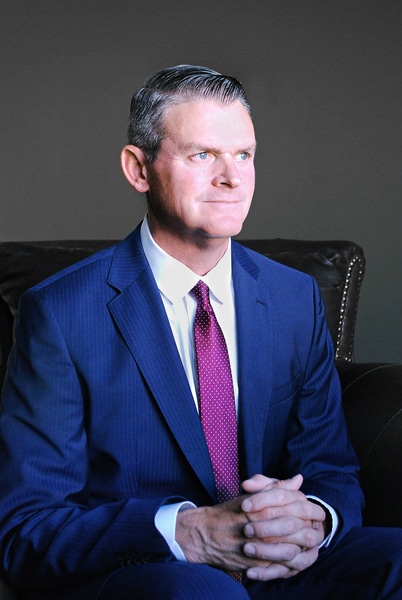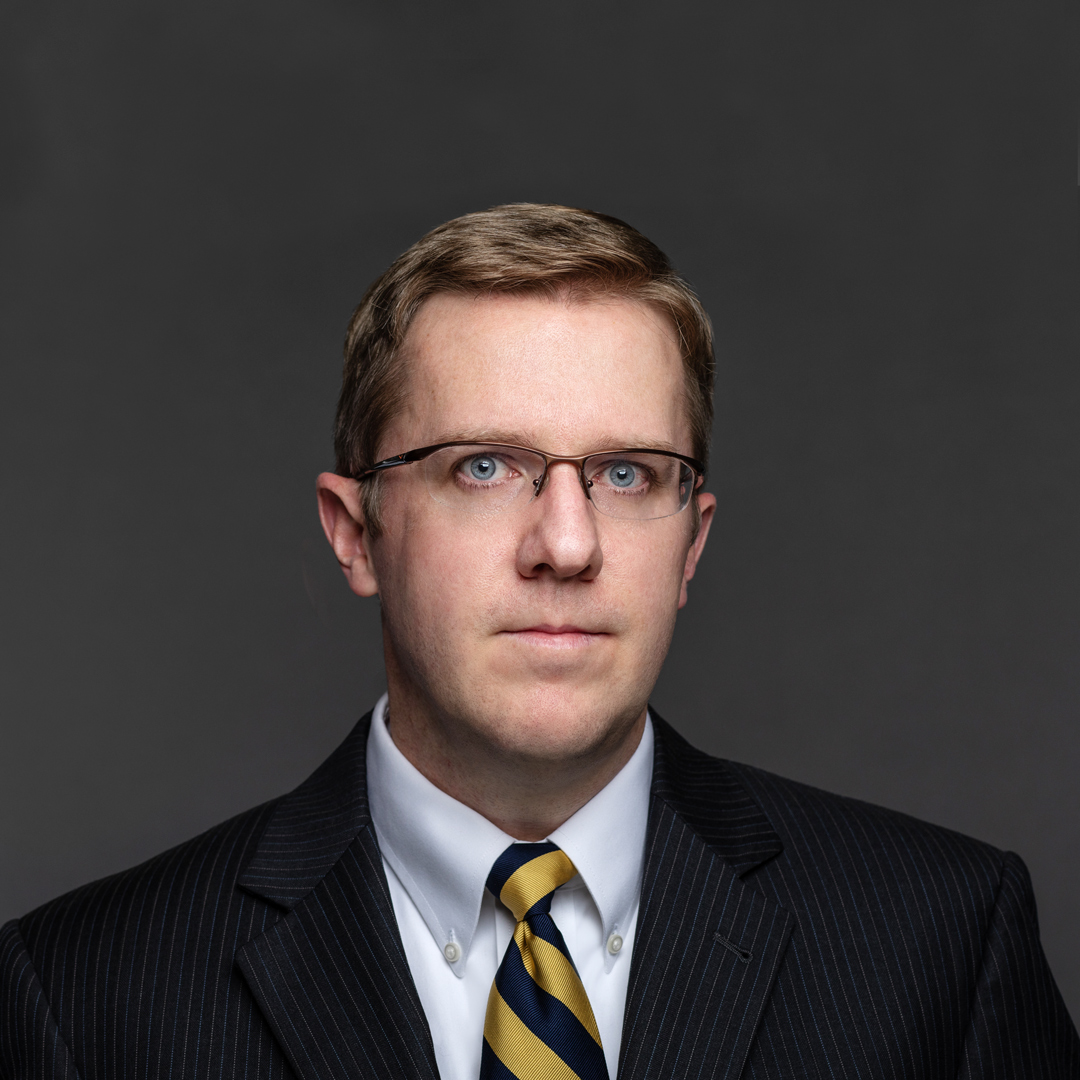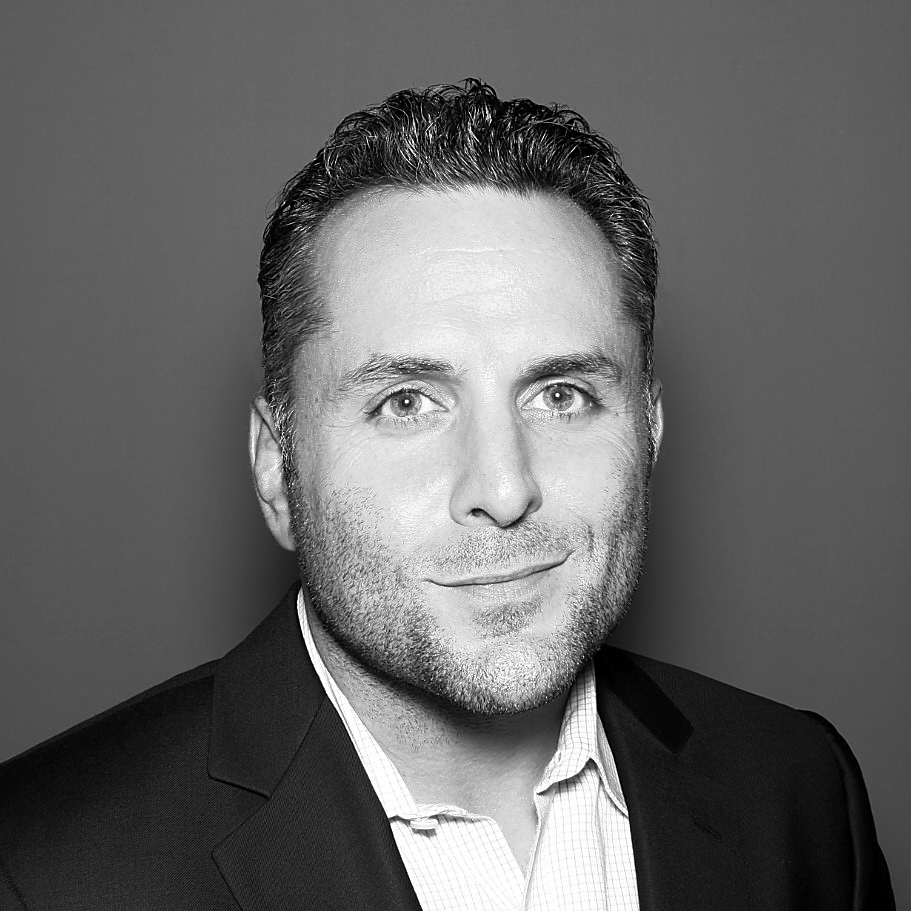|
Getting your Trinity Audio player ready...
|
Money-laundering schemes and mule accounts may seem like components of Hollywood’s latest heist film, but finance experts know how common they really are. Tech-savvy criminals armed with laptops use stolen information to access or open accounts, thereby funding their illegal activities. While only the most notorious cases make headlines, the activity is almost constant. Midsized banks close thousands of suspicious accounts each year in a never-ending quest to detect and report criminal behavior.
Anytime a financial institution suspects a case of money laundering or fraud, its employees must file a Suspicious Activity Report (SAR) with the Financial Crimes Enforcement Network. In 2019, banks and credit unions filed 1,116,400 SARs—a 14.2 percent increase over the previous year. Categories and options on the SAR form include Ponzi schemes, human trafficking, market manipulation, mortgage fraud, and transactions involving high-risk foreign jurisdictions.

Banks and other financial institutions have been required to report transactional activity since 1970. Then, in the mid-1980s, Congress passed the Bank Secrecy Act (BSA) in an effort to identify and stop widespread money laundering. Although the act has been in place for decades, the 2001 terrorist acts permanently changed the national outlook. The 9/11 Commission knew it had to address terrorist financing in the United States. The Patriot Act, passed in October 2001, strengthened US efforts to prevent and detect money laundering and terrorist financing.
The act also added new reporting and diligence requirements that brought these issues further into the mainstream. Seemingly overnight, robust anti-money-laundering (AML) and BSA programs became critically important to banks. Institutions that fail to meet requirements face large fines. HSBC has paid $1.9 billion for noncompliance, and regulators have levied $613 million in penalties against US Bancorp.
With so much at stake, Fulton Bank, N.A. needed a proven expert to build out its AML and BSA programs. Fortunately, Matt Mandrell, who holds an undergraduate degree in criminal justice and a JD from the California Western School of Law, fit the bill. Fourteen years in-house at BMO Harris had left him well versed in financial services as a whole, with specialized knowledge of AML and BSA compliance matters.
Building an effective program is challenging, but at Fulton, Mandrell had two important pieces in place—a solid foundation and supportive leaders. “You have to have buy-in from the top, because many people in the organization have an active role to play,” he says. “There has to be a culture of compliance.”
The now senior vice president and managing director of BSA, AML, and OFAC set out to build upon Fulton’s existing foundation. An effective program, he says, is anchored by three components: an IT team, a governance function, and a financial intelligence unit. “The pieces of a good BSA program are equally important, but you have to start with good data. If we don’t capture clean data, we can’t assess it for unusual activity, and the whole program fails,” Mandrell explains.
It’s a high-volume affair. Current regulations require financial institutions to monitor financial transactions, identify all individuals conducting transactions, report suspicious activity, and flag cash transactions of more than $10,000. Banks like Fulton don’t measure transactions by the month, the week, or even by the day—they track transactions per second. Fulton processes thousands of transactions every sixty seconds, and each one must be accurately accounted for.
“Someone in my position has to pull together many pieces to build something complex, and then we get to see how it works before finding ways to improve what we’ve built. It’s a fun journey.”
After assessing Fulton’s needs, Mandrell worked with HR to recruit the right BSA professionals and reduce gaps in data processing. He then turned his focus to governance. In that phase, Mandrell worked to perform risk assessments and get training policies and procedures in place. Finally, he built out a financial intelligence unit made up of bankers, former law enforcement officers, and others who review flagged transactions, assess customer risk, and file SARs.
With the initial work complete, Fulton’s AML and BSA program was up and running, but in some ways, the real work was just getting started. “A Bank Secrecy Act Program needs to be cost-effective and efficient, yet it’s a relatively new field,” Mandrell says. “Growing your team and making continuous improvements can take years.”
After watching the process go through several cycles, Mandrell and his colleagues had a clear understanding of what was working and what wasn’t. They identified deficiencies and moved into a remediation phase. As money launderers and criminals change their methods, BSA officers have to keep pace. Mandrell is always looking for new technologies he can leverage as part of Fulton’s program. Over the last nine years, his team has grown from ten to fifty employees. Together, they have the bank’s AML and BSA program achieving consistent results over multiple exam cycles.
With increased regulatory scrutiny and a certain measure of unpredictability, the job of a BSA architect can be stressful. Mandrell has learned to enjoy it. “Someone in my position has to pull together many pieces to build something complex, and then we get to see how it works before finding ways to improve what we’ve built. It’s a fun journey,” he says.
In some ways, it was an unexpected journey. Mandrell became a BSA compliance officer in 2004 for what was supposed to be a two-year stint. Then it became a four-year term. All these years later, he’s a respected subject matter expert in his industry. He encourages others to follow in his footsteps. “Be curious, take initiative, and try new things,” he says. “You never know where it will take you.”
***
Crowe LLP:
“Matt, thank you for all you continue to do to fight financial crime. You are an innovative leader in our industry, and we look forward to future collaboration within Crowe’s Financial Crime Peer Group.”
–Tamara Kolb, Troy La Huis, Greg LeMond, Principals
***
Guidehouse:
“We worked with Matt and his team to help them get their program where it needed to be. We found that he was extremely knowledgeable on the issues, but more importantly, understood, appreciated and wanted to do the right thing for the bank. He showed great leadership in instilling a strong culture of compliance throughout the organization.”
–Jay Perlman, Financial Services Director

